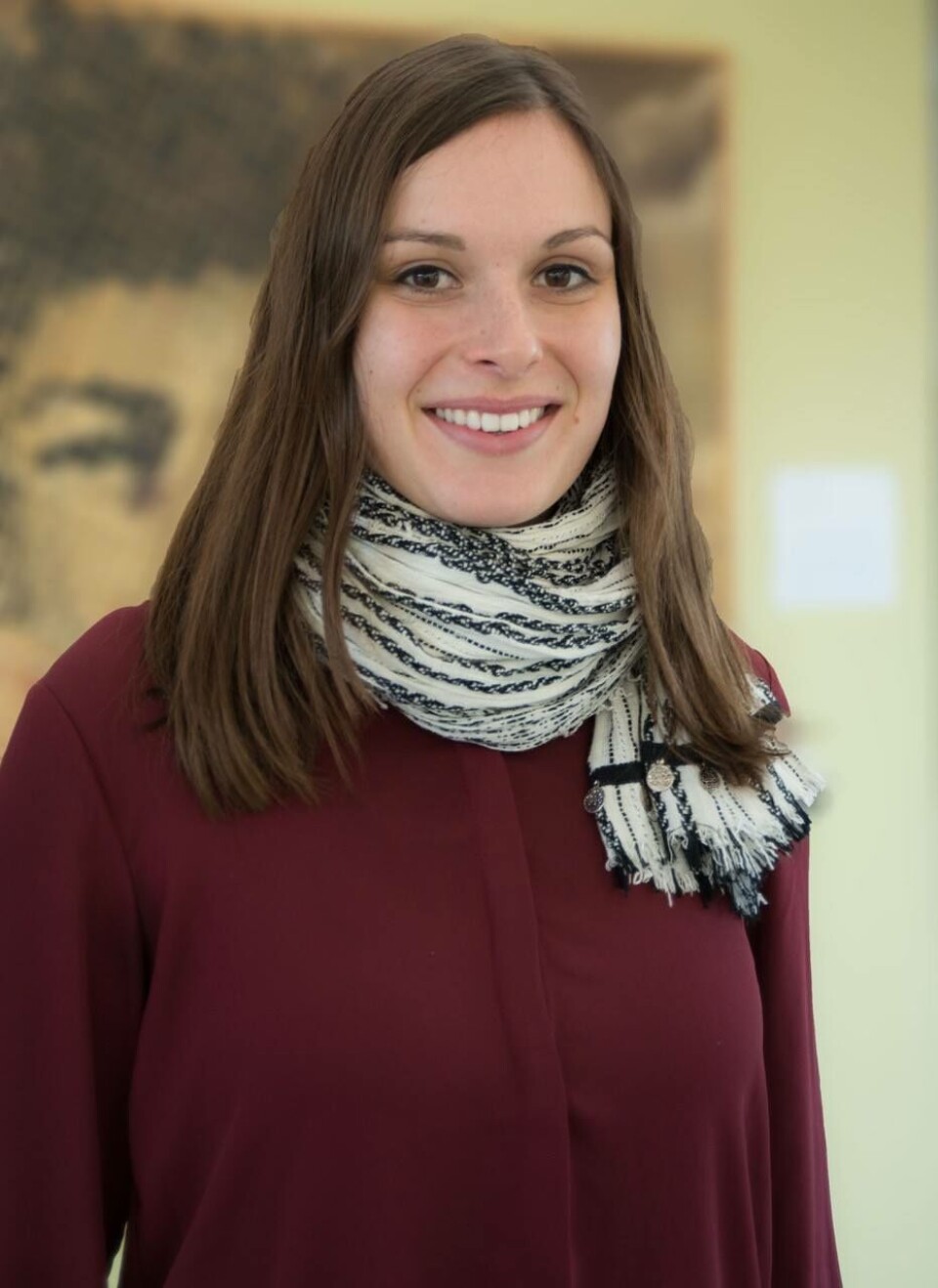
Scotland wins vote to host Sea Lice 2020
Scotland has been chosen to host the next biennial sea lice conference in 2020, beating Australia and the Faroes in a vote by delegates at this year’s conference in Punta Arenas, Chile.
Representatives from the countries presented the benefits of their homelands and explained the reasons why they should be the venue for the 13th staging of the conference. Polly Douglas, aquaculture innovations manager at the Scottish Aquaculture Innovation Centre (SAIC), made Scotland’s case.
Scotland beat Australia by three votes, gaining 37% to Australia’s 36% and the Faroes’ 27%.
The vote was held on the third day of the conference, which focused on presentations on genetics and molecular biology.
Best presentation
The awards were also given for the best oral presentation and the three best scientific posters within the 80 presented.
Danielle Burnett of Prince Edward Island University, Canada, was the winner in the best oral presentation category with her presentation entitled “Using a biological-physical model to quantify the lice larvae connectivity among salmon farms in the Broughton Archipelago, British Columbia, Canada”.

In the best poster category, first place went to Claudia Tschesche, a PhD student at the Institute of Aquaculture at the University of Stirling.
Mutated mitochondria
Explaining her work, Tschesche wrote: “We know that sea lice are resistant to deltamethrin but we do not know why and what we have discovered is that they are most likely due to a mutation in the genome of the mitochondria. We were able to identify four mutations, but we believe that one of them explains the resistance.”
The second place went to Lone Jevne, a PhD student at the University of Science and Technology (NTMU) in Trondheim, Norway.
“I studied the mechanisms of dispersal of the larvae of Lepeophtheirus salmonis in a certain area, this due to an outbreak that occurred in 2015-2016, a phenomenon that had not been observed in other productive cycles. I collected data on the number of salmon, sea lice counts and how many cages had been treated with the different methods available during the last 3.5 production cycles, in order to discover if there was something that had not worked in those years,” the PhD student explained in regard to her research.
Deformed eggs
Third place went to Joakim Brunet, a PhD student at the University of Bergen, Norway.
Brunet said: “My work is focused on studying the nuclear receptors of L. salmonis and their role as regulators in the moult of the parasite. These are regulated by hormones at different times and in different order. I specifically studied the FTZ-F1 gene that encodes two isoforms of an alpha and beta receptor that have different functions.
“We discovered that, if I delete the gene for the alpha receptor, the adult females produce deformed eggs. On the other hand, if I block the gene for the beta receptor, I stop the moulting process.”




















































